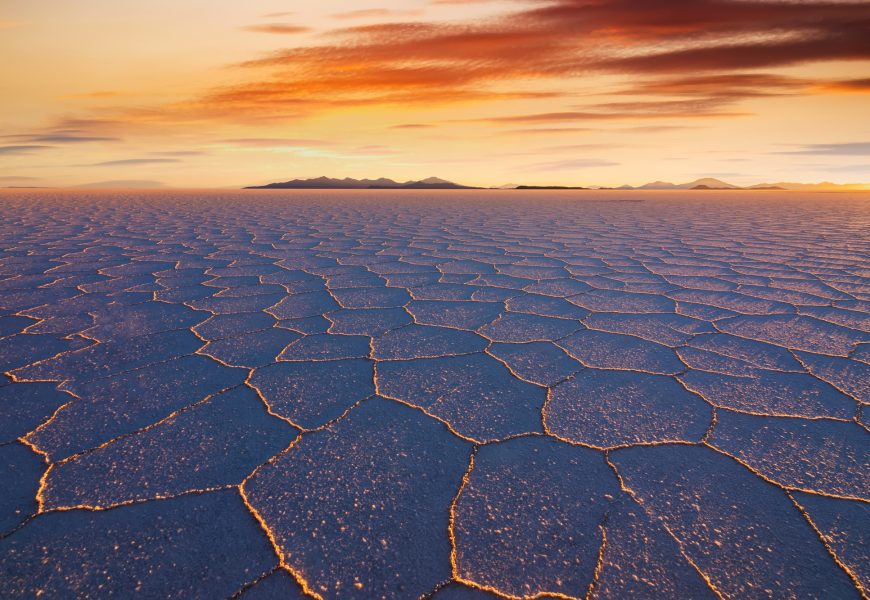Bolivia, nestled in the heart of South America, is a land of diverse landscapes, rich cultures, and unparalleled adventures. From the towering peaks of the Andes to the dense Amazonian rainforests, Bolivia offers travelers a unique blend of natural beauty and cultural heritage.
Geography and Climate
Bolivia’s topography ranges from the high-altitude Altiplano plateau to the lush lowlands of the Amazon basin. The climate varies significantly with altitude and region. The highlands, including cities like La Paz and Potosí, experience cooler temperatures year-round, while the lowlands, such as Santa Cruz, are warmer and more tropical. The dry season, from May to October, is ideal for travel, offering clear skies and pleasant conditions.
Major Cities
La Paz: As the administrative capital and the world’s highest capital city, La Paz is renowned for its dramatic setting amidst the Andes. Visitors can explore the bustling markets, such as the Witches’ Market, and take a ride on the city’s cable car system for panoramic views.
Sucre: Known as the constitutional capital, Sucre boasts well-preserved colonial architecture and is recognized as a UNESCO World Heritage site. The city’s whitewashed buildings and historical significance make it a must-visit.
Santa Cruz: As Bolivia’s economic hub, Santa Cruz offers a vibrant nightlife, modern amenities, and serves as a gateway to the country’s eastern lowlands and national parks.
Top Attractions
Salar de Uyuni: The world’s largest salt flat, spanning over 10,000 square kilometers, offers surreal landscapes, especially during the rainy season when it transforms into a vast mirror reflecting the sky.
Lake Titicaca: Straddling the border with Peru, this is the world’s highest navigable lake. The Bolivian side features the Isla del Sol, believed to be the birthplace of the Incan sun god, Inti.
Madidi National Park: One of the most biodiverse places on Earth, this park encompasses parts of the Amazon rainforest and offers opportunities for wildlife viewing and eco-tourism.
Cultural Highlights
Bolivia is home to a rich tapestry of indigenous cultures, with traditions that have been preserved for centuries. Festivals like the Oruro Carnival showcase vibrant dances, music, and costumes, reflecting the country’s deep-rooted heritage.
Adventure Activities
Cycling the Death Road: For thrill-seekers, biking down the Yungas Road, often dubbed the “World’s Most Dangerous Road,” offers an adrenaline-pumping experience with breathtaking views.
Trekking: The Cordillera Real and other mountain ranges provide numerous trekking routes, catering to both novice hikers and experienced mountaineers.
Travel Tips
Altitude Awareness: Many destinations, including La Paz and Potosí, are at high elevations. It’s essential to acclimate properly to prevent altitude sickness.
Currency: The official currency is the Bolivian Boliviano (BOB). While major cities have ATMs and accept credit cards, it’s advisable to carry cash, especially when traveling to remote areas.
Language: Spanish is the predominant language, though indigenous languages like Quechua and Aymara are also widely spoken. Learning basic Spanish phrases can enhance your travel experience.
Bolivia’s blend of natural wonders, cultural richness, and adventurous opportunities make it a destination worth exploring.


